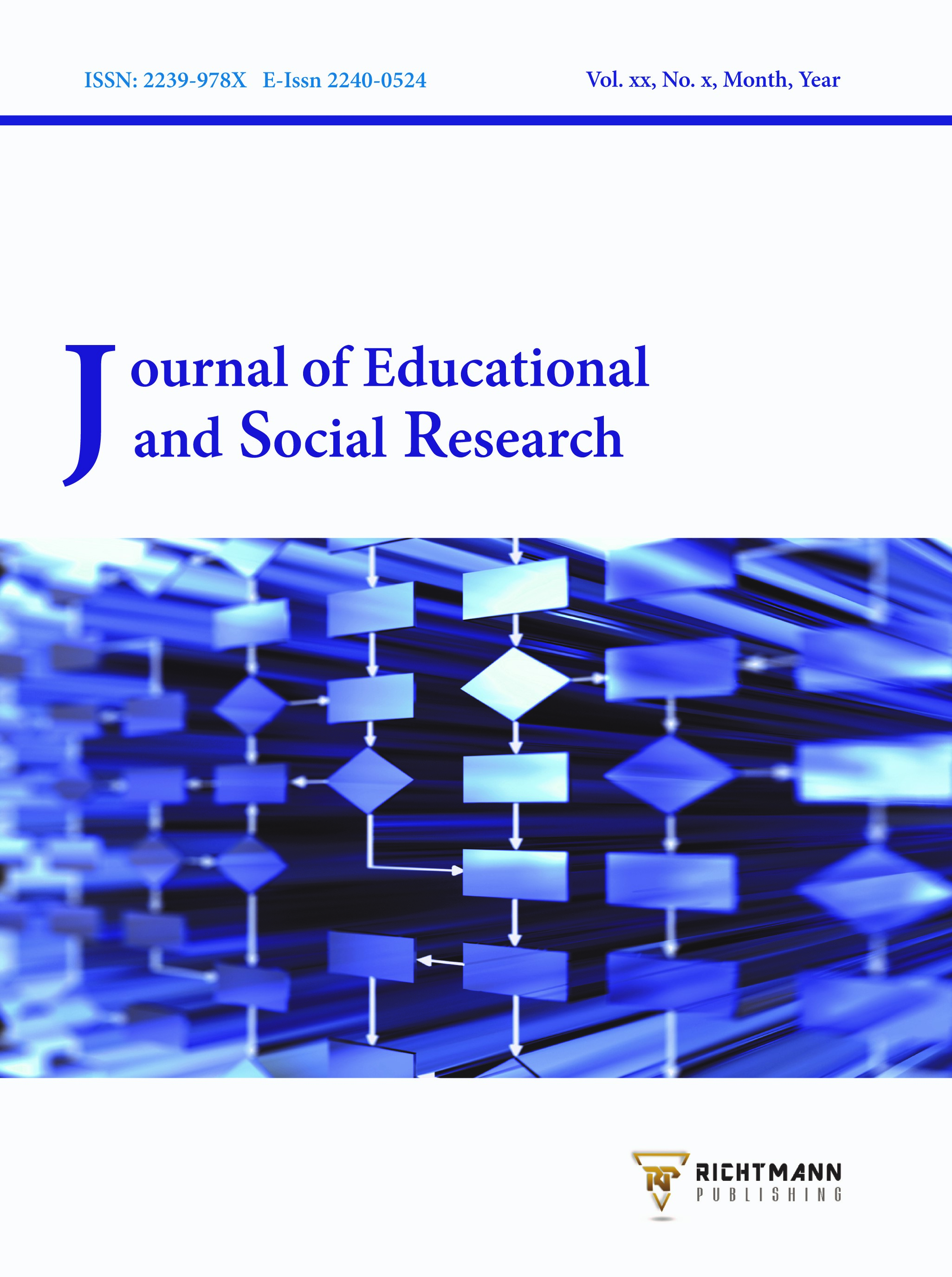Exploring Self-Compassion among Recreational Dancers: Differences Between Tango and Ballet - Dance Teaching Implications Through Somatic and Embodied Disciplines
DOI:
https://doi.org/10.36941/jesr-2022-0140Keywords:
Dance education, leisure, recreation, mind-body, positive psychology, wellbeing, health, physical activity, motor learningAbstract
Self-compassion is considered a protective factor that promotes positive psychology, happiness, emotional regulation and embodiment. Self?compassion offers an approach wherein individuals in dance can pursue optimal participation and performance without compromising health and well?being. The present study aimed to explore self-compassion among recreational dancers and discover possible differences between tango and ballet. More specifically the study examined: i) the levels of self-compassion in recreational tango and ballet dancers; ii) differences in self-compassion according to demographic characteristics; and iii) differences between tango and ballet dancers. The research was based on several adults from various cities in Greece who participated in tango and ballet for recreational reasons during their leisure time. One hundred and ninety-one dancers (20 men and 171 women), between the ages of 17 and 62, completed the self-compassion scale of Mantzios, Wilson and Giannou (2015), which consists of twenty-six items. The answers were given on a five-point Likert scale, while the reliability of the scale was successfully tested. In addition, the questionnaire contained the collection of other data such as demographic characteristics. According to the first aim, the high scores on self-compassion among recreational dancers showed a relationship between self-compassion and dance, and a positive influence of ballet and tango practice. The second hypothesis was partially confirmed as statistically significant differences emerged only between the age groups with those over forty years of age to show higher levels of self-compassion. Regarding the third aim of the research, differences were found between types of dance. Tango participants showed higher levels of self-compassion than ballet participants. Specific dance teaching interventions are discussed based on somatic and embodiment theory, to create healthier mental, emotional and behavioral patterns for dancers, schools, academies or companies.
Received: 2 August 2022 / Accepted: 20 October 2022 / Published: 5 November 2022
Downloads
Downloads
Published
Issue
Section
License

This work is licensed under a Creative Commons Attribution-NonCommercial 4.0 International License.
This work is licensed under a Creative Commons Attribution-NonCommercial 4.0 International License.









